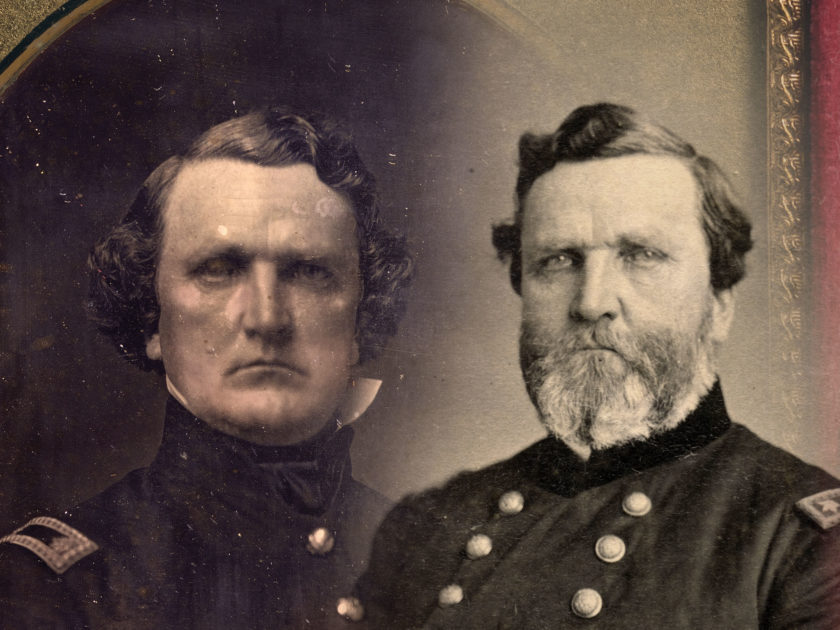Wise. Calm. Self-poised. Steadfast. These words were used by a comrade and biographer of George Henry Thomas to describe the venerable soldier long after he had been christened with the nom de guerre, Rock of Chickamauga.

As a boy in Virginia’s Southampton County, Thomas was known by another nickname—George Washington. Friends were spot on likening young Thomas to the persona of the commander of the Continental army and the republic’s first president. From an early age, he demonstrated an unusually high level of truthfulness and integrity.
“The beauty of his character was, in great measure, due to his parents, who laid its foundation upon the broad and enduring basis of truth and honor,” noted Maj. Gen. Richard W. Johnson, a division commander who served with Thomas.
John and Elizabeth Thomas raised George, who was born in 1816, and his five siblings on a plantation in southeastern Virginia, not far from the North Carolina border. The death of his father in a farming accident when he was 13 left him and his family in financial trouble. Thomas emerged as the father figure, and is credited with leading his family to safety during the 1831 Nat Turner slave rebellion. This event likely contributed to Johnson’s statement that Thomas “seems to have passed from childhood to manhood without passing through the intermediate grade of boyhood.”

Five years later, Thomas left for West Point, where he endured ritual hazing. When it came time for him during his junior year to become the hazer, he refused. Instead, he counseled the plebes, gained their confidence and formed lasting friendships.
Thomas graduated 12th of 42 in the Class of 1840. About 15 years later, Thomas posed for this portrait, left, wearing the shoulder straps of a major. He had earned the brevet rank after the 1847 Battle of Buena Vista during the Mexican War, and the formal rank in 1855.
Six years later, the Civil War began. Thomas chose country over home state—and went on to prove his patriotism and his depth of character. The nation mourned his passing in 1870.
Johnson held Thomas up as an example for future Americans. “Let the young study his character and strive to imitate his noble example. No better model can be placed before them.”
SPREAD THE WORD: We encourage you to share this story on social media and elsewhere to educate and raise awareness. If you wish to use any image on this page for another purpose, please request permission.
LEARN MORE about Military Images, America’s only magazine dedicated to showcasing, interpreting and preserving Civil War portrait photography.
VISIT OUR STORE to subscribe, renew a subscription, and more.

